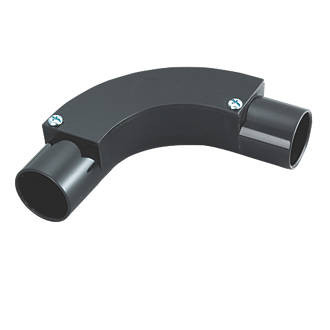Hi folks after a long hiatus while sorting out other parts of the house we are finally installing the network. I thought I'd make a thread of it to help people in future, and to remind me what the heck I did in the first place down the road. Pictures will be added as we go.
This post will be edited in future to act as a contents list and let you jump to posts on specific items.
01) old threads with useful information
02) ethernet cable types
03) conduit capacity, void requirements
04) dealing with joists
05) chasing walls
06) where to buy kit from
Obviously the usual disclaimers apply - I'm not a professional in this. The thread simply summarises my understanding from reading websites, asking on forums etc. Do not rely on it without doing your own checks, getting professional advice etc. I take no responsibility/accept no liability for any issues you have from relying on anything in this thread, message, or any related posts/threads/messages or other communications etc.





 LinkBack URL
LinkBack URL About LinkBacks
About LinkBacks
 Reply With Quote
Reply With Quote

